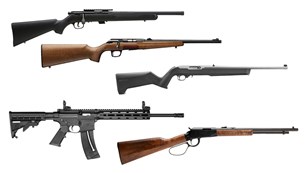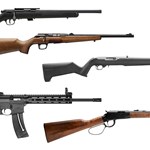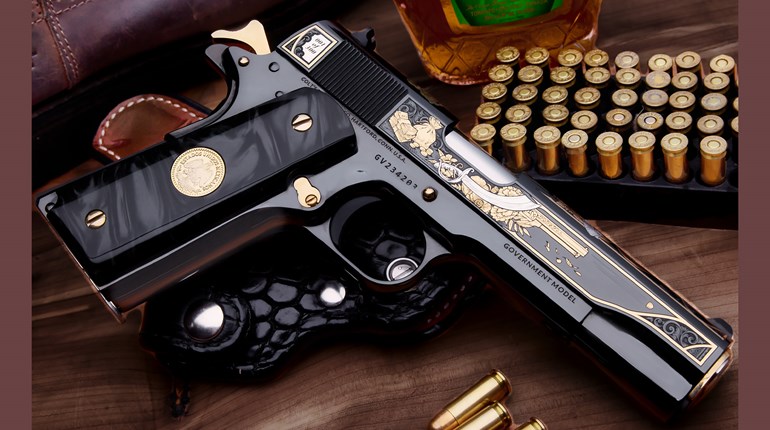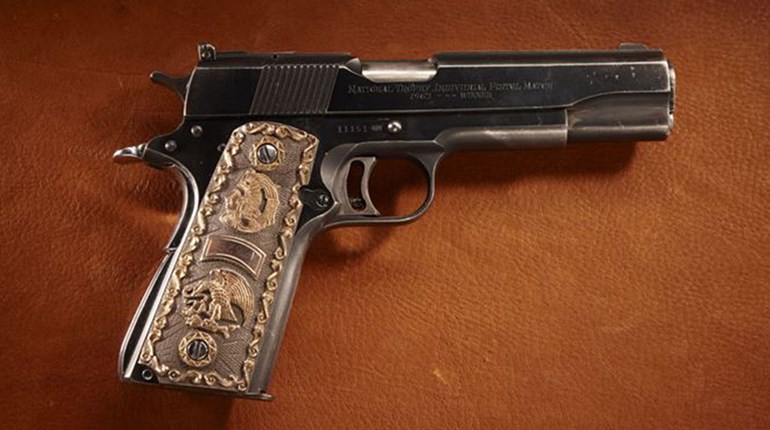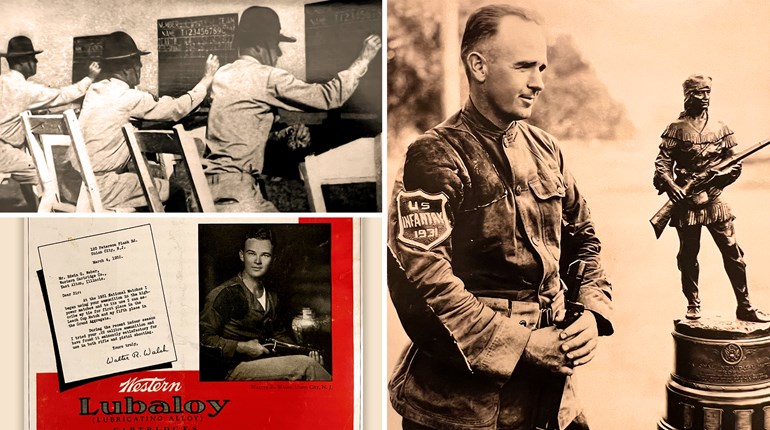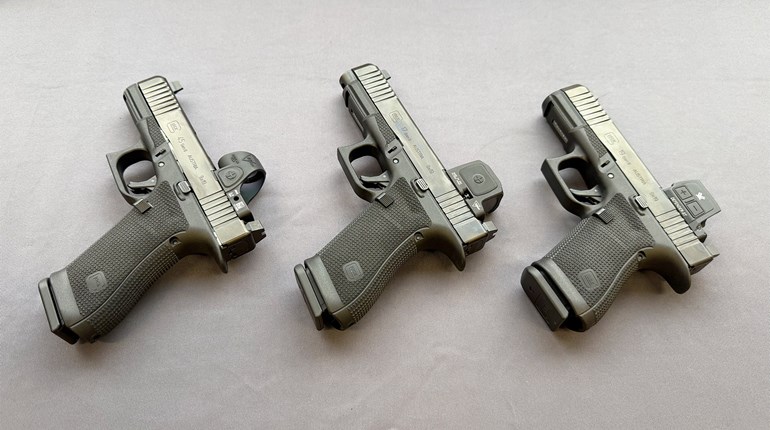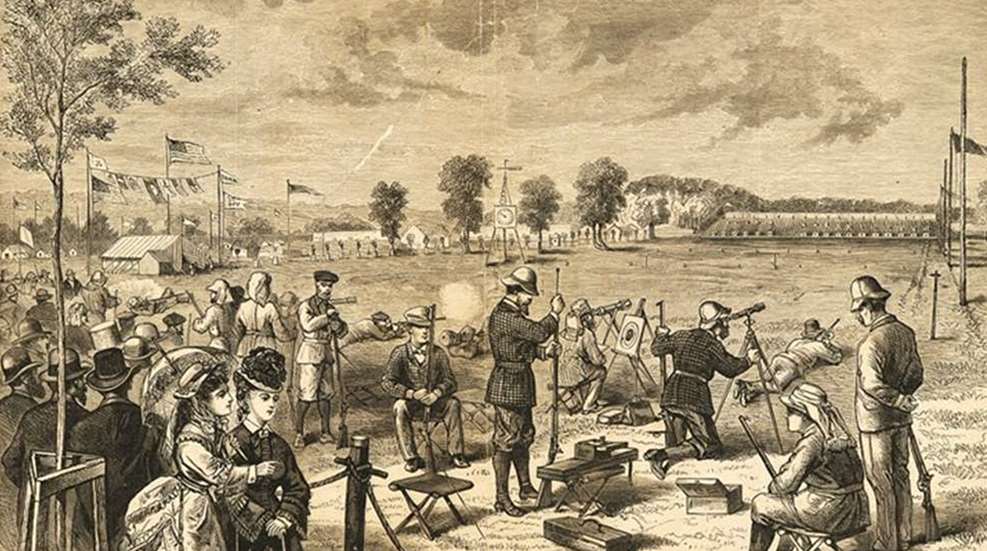
In 1871, a small group of New York National Guardsmen concerned about declining marksmanship sparked the creation of the National Rifle Association of America. Lt. Col. William Church and Capt. George Wingate believed that accurate shooting was essential to national defense. Their goal was simple: prepare both soldiers and citizens to be competent marksmen. In the decades that followed, this organization would grow into a national institution, shaping American marksmanship and competitive shooting.
1872-1873: Creedmoor Range Comes to Life
The NRA’s first challenge was securing a range. In 1872, it purchased a 70-acre plot on Long Island, formerly farmed by the Creed family and then owned by the Central Railroad. Col. Henry G. Shaw, inspecting the land, noted its resemblance to the moors of southern England and suggested the name Creedmoor.
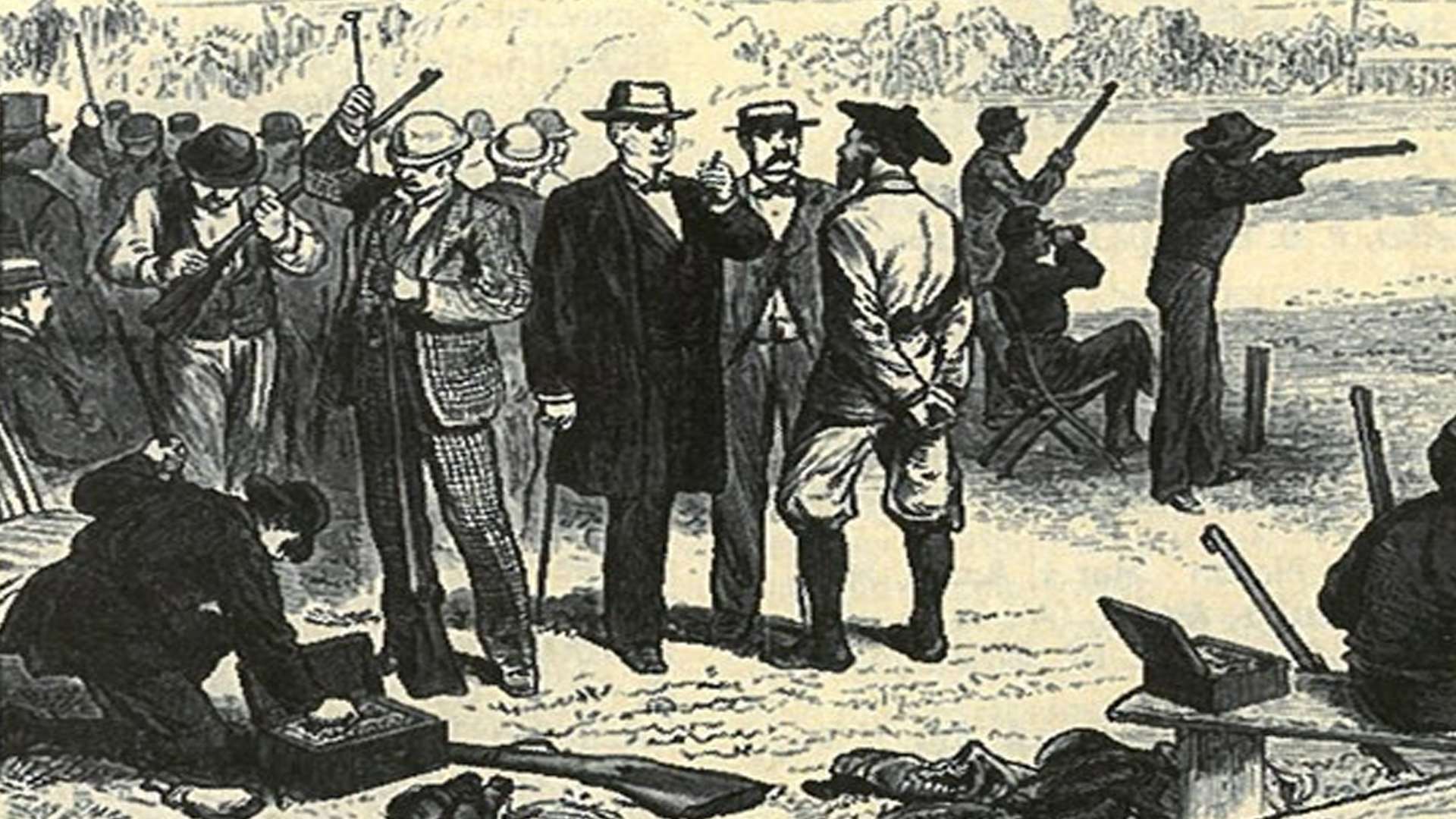
The range’s north-south layout allowed shooters to avoid aiming into the sun—a rare advantage over other contemporary ranges. By April 25, 1873, Creedmoor officially opened, hosting its first annual matches that October. Military regiments dominated early competitions, but a group of enthusiasts formed the Amateur Rifle Club, the NRA’s first affiliated organization, focusing on long-range shooting beyond standard military drills.
1874: America Meets the World
Two years later, the NRA hosted America’s first international rifle match. Ireland sent its champion marksmen, renowned for their long-range shooting. While the Irish relied on traditional muzzleloading rifles, the Americans brought modern Remington and Sharps breechloaders.
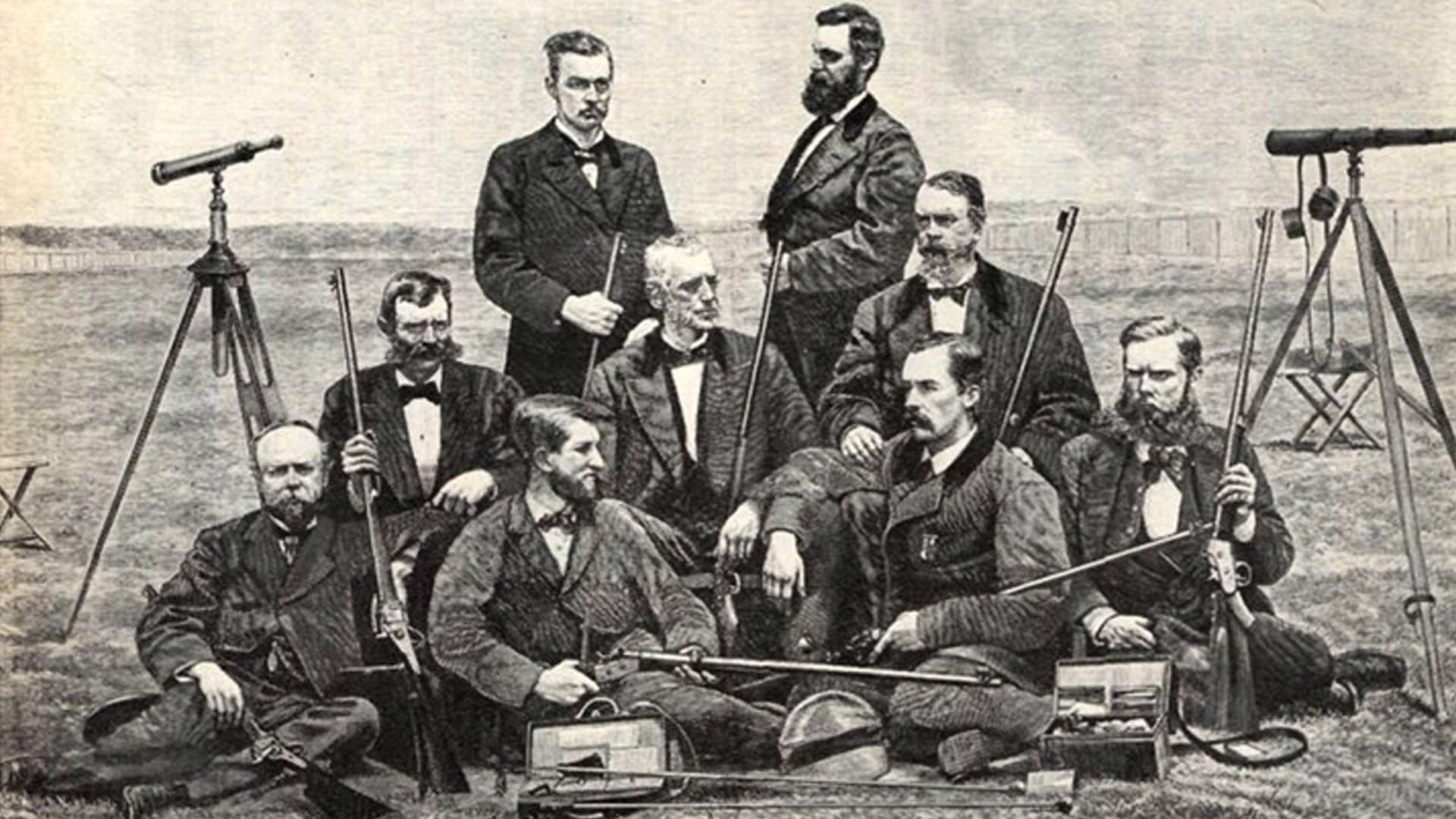
The contest was a spectacle, drawing spectators from across the country. Against expectations, the American team prevailed, establishing the United States as a serious competitor on the global marksmanship stage. Creedmoor, once a simple farm, had become a symbol of national pride.
1876: The Palma Trophy
During the nation’s Centennial celebrations, the NRA introduced the Palma Trophy, a towering seven-and-a-half-foot symbol of excellence in marksmanship. Inscribed with the Latin word Palma, meaning victory, honor and glory, the trophy proclaimed:
“In the name of The United States of America to the Riflemen of the World.”
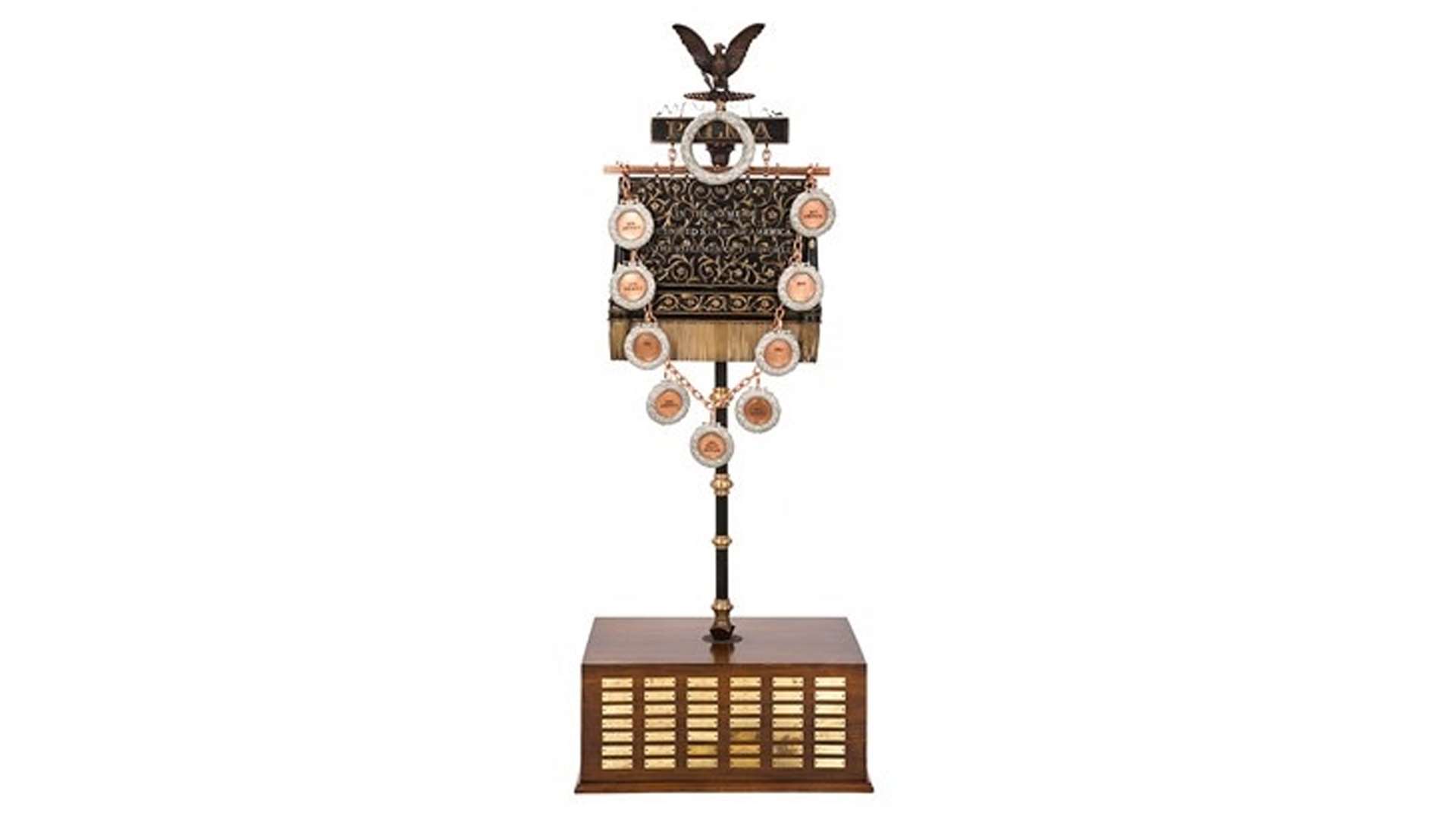
The Palma Trophy elevated marksmanship from a practical skill to an art form, emphasizing discipline and international recognition.
1880: Funding Cuts Challenge the NRA
In 1880, Governor Alonzo Cornell of New York sharply reduced funding for the state’s National Guard, which supported NRA programs. He dismissed rifle training as unnecessary, calling it “foolish” and insisting that the National Guard’s only function was ceremonial. Without state support, the NRA faced a critical challenge, prompting a search for new venues to continue its annual matches.
1892: Sea Girt Becomes the New Center
The solution came in Sea Girt, New Jersey, where the New Jersey State Rifle Association maintained a range since 1878. Founded by Creedmoor-trained marksmen, the Sea Girt range offered convenient rail access from New York City and other northern cities.
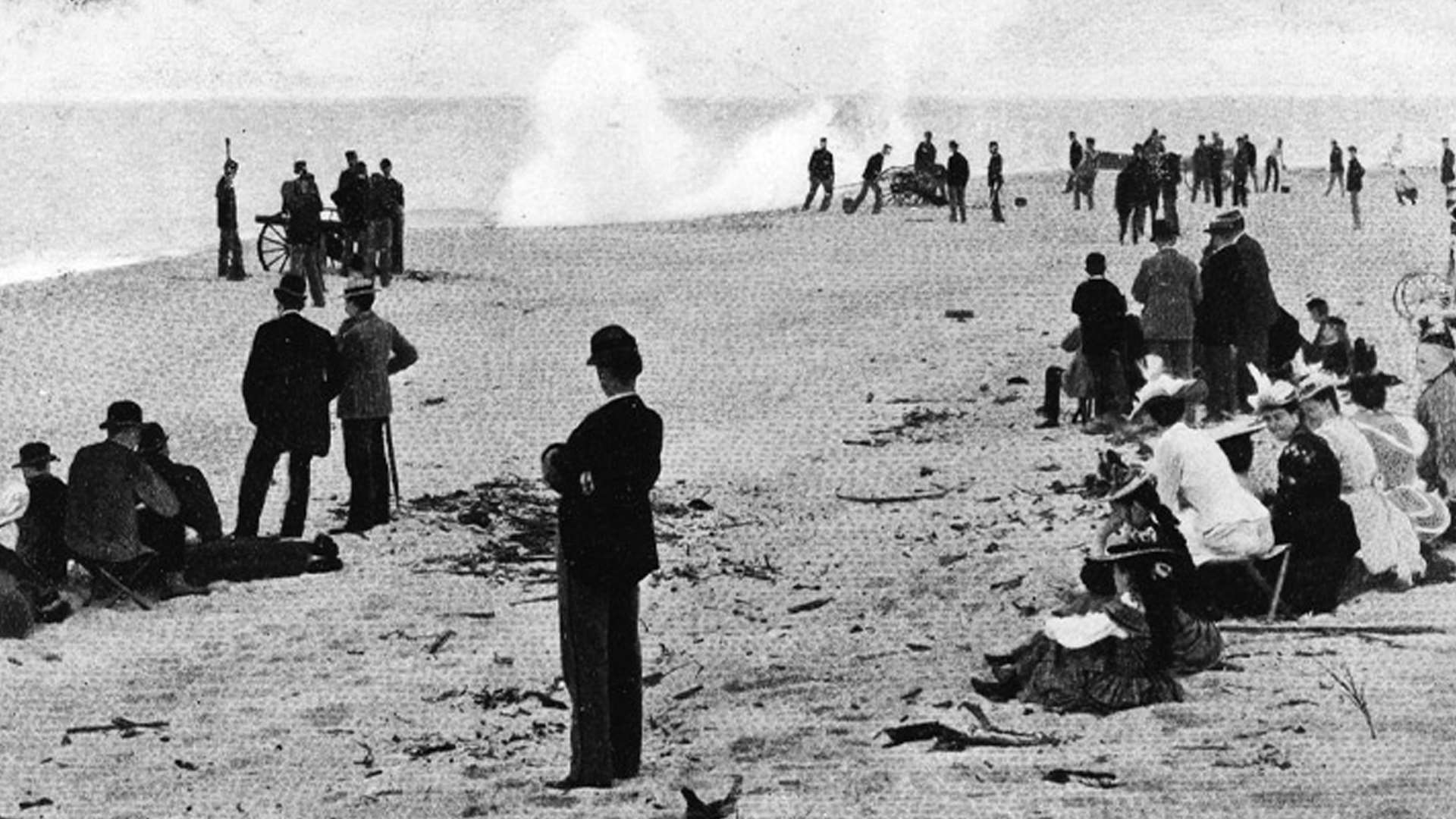
By relocating its annual matches to Sea Girt in 1892, the NRA secured a new hub for national competition and continued its mission of promoting marksmanship.
By 1893: A National Legacy
By the end of the 19th century, the NRA had grown from a local New York initiative into a national institution. Its early decades established competitive standards, supported military readiness and cultivated a culture of marksmanship that influenced both civilian and military shooters. What began as a concern for national defense had blossomed into a celebration of skill and American ingenuity. And by 1907, the NRA had moved the Annual Matches at Camp Perry in Ohio. But that’s another story.



